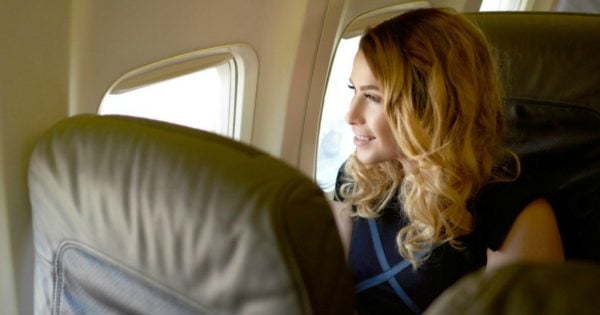My medical student boyfriend looked up from the notes spread out in front of him and grinned, exposing his gums. I suppressed a sigh, trying to focus on the developmental psychology assignment I was working on.
“What?’ I said.
He’d attended a forensic pathology lecture earlier that day and he’d spent most of the evening regaling me with the grisly details.
“Do you remember that hot air balloon crash in Alice Springs that happened back in ‘89?” he asked.
I didn’t. But I nodded anyway, in a futile attempt to stop him.
Two balloons collided. One plummeted 2000 feet to the ground. Thirteen people died in what was at the time the world’s deadliest hot air ballooning accident.
“Some of them tried to jump at the last moment,” he said. “It didn’t help. Their bodies absorbed the impact through their feet. Their leg bones were shattered, and some of the victims’ femurs were even pushed up through their armpits.”
“How awful!” I said, trying to avoid the mental image. My boyfriend had been trying to talk me into going hot air ballooning in the Yarra Valley with him for months, and now he’d told me about this?



Top Comments
Back in the 70s some American Airlines flights had a television screen that would play the take off via a camera mounted in the cockpit. This practice was stopped after a DC10 crashed very soon after take off killing everyone on board. The camera continued to show the view from the cockpit until impact. That would have been the final images those passengers saw.
I am addicted to Air Crash Investigations and stupidly binge watched the marathon two days before we boarded a flight to the UK. I was a wreck!
On a side note, your husband sounds like a bit of a jerk....relishing retelling the injury details of the victims of a crash, and purposely trying to unsettle your partner with them. And why, after persuading someone you love with an understandable fear to go parasailing, would you purposely terrorise them by swinging the harness and pretending to undo the parachute? Why not be glad they were brave enough to come and support them to have an enjoyable experience? I hope as a doctor he has more compassion with his patients.